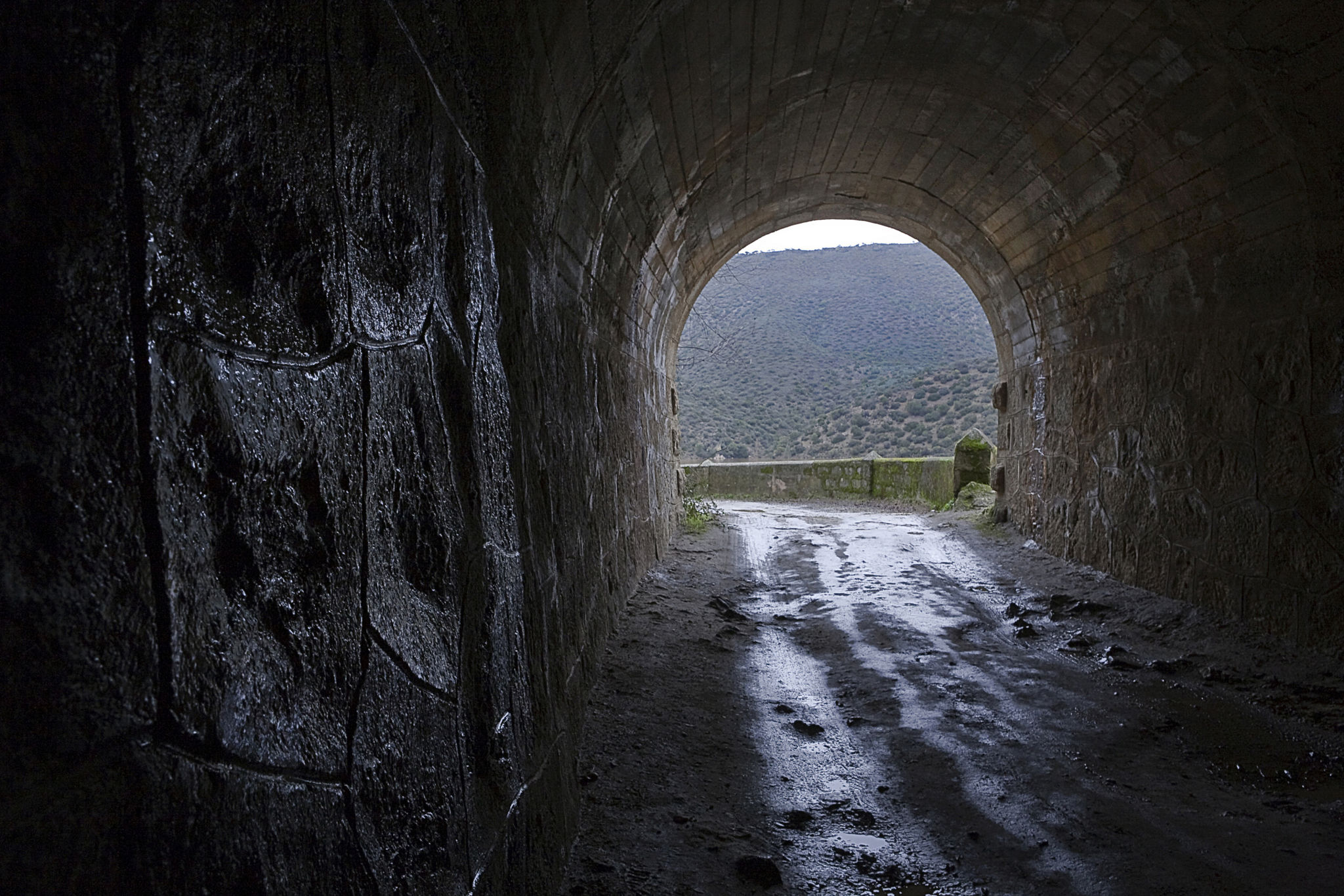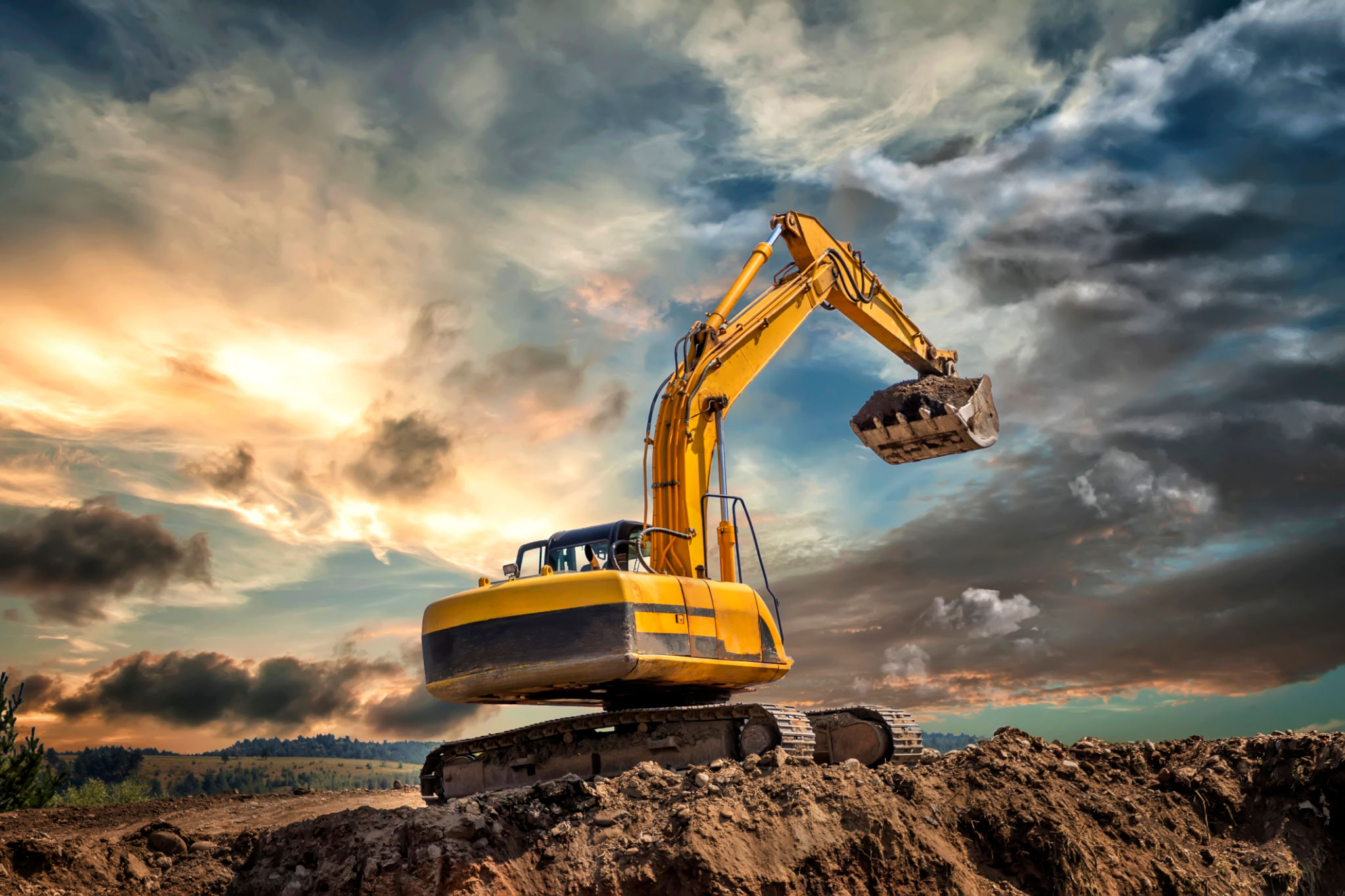Understanding Hydro Excavation: Benefits and Applications
Introduction to Hydro Excavation
Hydro excavation is a modern, efficient method of excavation that uses pressurized water and a vacuum system to remove soil and debris. This technique has become increasingly popular due to its precision and minimal impact on the surrounding environment. Its applications range from construction and utility work to landscaping and environmental management.
Unlike traditional excavation methods, which can be disruptive and damaging, hydro excavation offers a safer and more accurate alternative. This method significantly reduces the risk of damage to underground utilities and enhances worker safety, making it an ideal choice for sensitive projects.

How Hydro Excavation Works
Pressurized Water and Vacuum System
The process of hydro excavation involves a combination of pressurized water and a powerful vacuum system. The pressurized water is used to break apart the soil, turning it into a slurry. This slurry is then vacuumed up into a debris tank for safe disposal. This non-destructive approach allows for precise digging, which is particularly useful in urban environments where underground utilities are densely packed.
Equipment and Setup
The equipment used in hydro excavation typically includes a truck-mounted system that houses both the water and vacuum components. These trucks are equipped with a water heater to ensure that even frozen ground can be excavated effectively. The adaptability of this equipment allows hydro excavation to be performed in a variety of conditions, from cold climates to confined spaces.

Benefits of Hydro Excavation
Precision and Safety
One of the primary benefits of hydro excavation is its precision. By using water to loosen soil, this method minimizes the risk of damaging underground utilities such as gas lines, water mains, and electrical cables. This precision also enhances safety by reducing the likelihood of accidents that can occur with traditional digging methods.
Environmental and Cost Efficiency
Hydro excavation is environmentally friendly, as it reduces soil erosion and limits the amount of backfill needed after excavation. This method also reduces disruption to surrounding vegetation and minimizes the environmental footprint of construction projects. Additionally, hydro excavation can be more cost-effective in the long run due to reduced damage costs and increased efficiency.

Applications of Hydro Excavation
Construction and Utility Work
In the construction sector, hydro excavation is widely used for trenching, potholing, daylighting, and slot trenching. It is particularly beneficial in utility work where locating and exposing underground lines safely is critical. This technology allows workers to verify the location of utilities without risking damage.
Landscaping and Environmental Management
Hydro excavation is also valuable in landscaping projects, where it allows for precise tree planting and soil removal without harming existing vegetation. In environmental management, it's used for cleaning out catch basins, culverts, and storm drains efficiently and with minimal ecological disruption.

Conclusion
Hydro excavation represents a significant advancement in excavation technology, offering numerous benefits over traditional methods. Its precision, safety, environmental sustainability, and cost-effectiveness make it a preferred choice for a wide range of applications. As industries continue to prioritize safety and efficiency, the adoption of hydro excavation is likely to grow, further establishing its role as a cornerstone in modern excavation practices.
